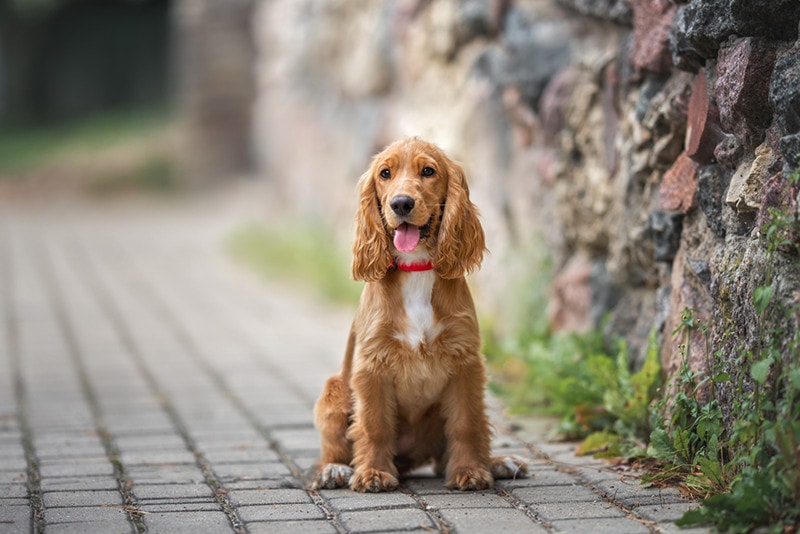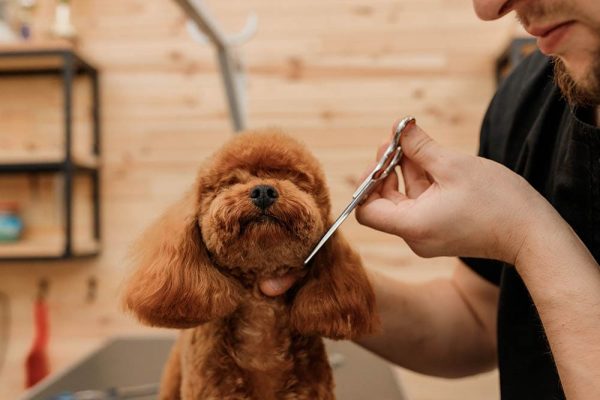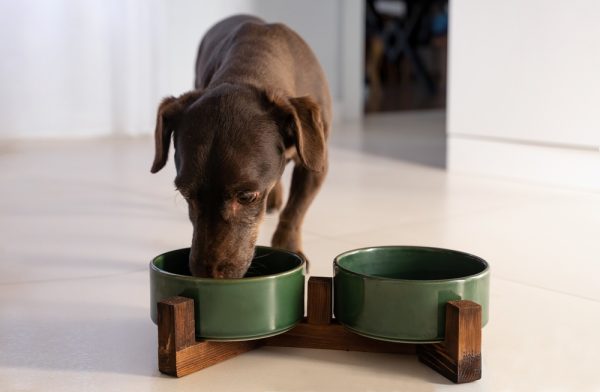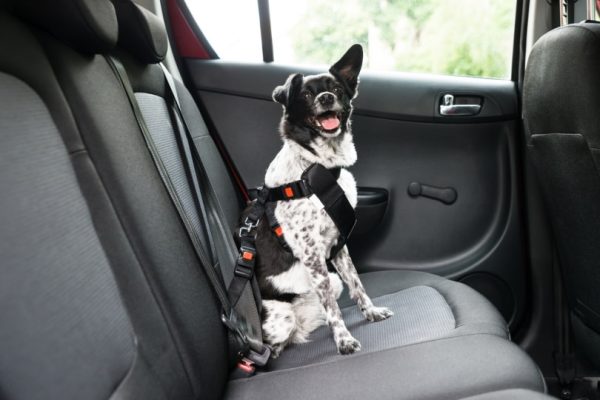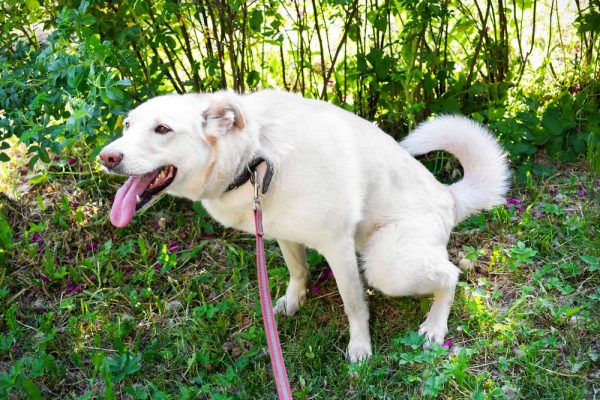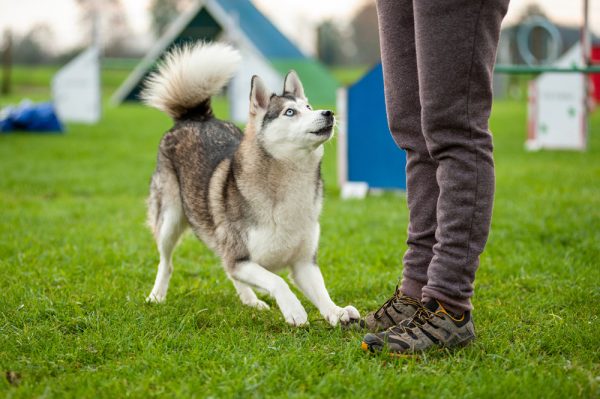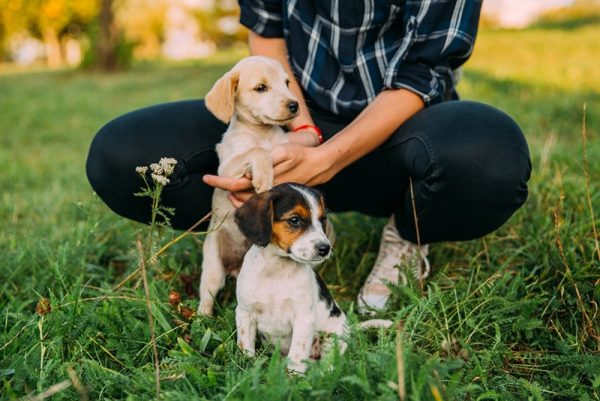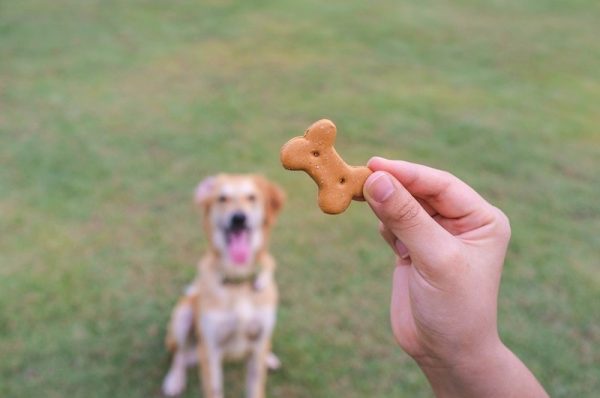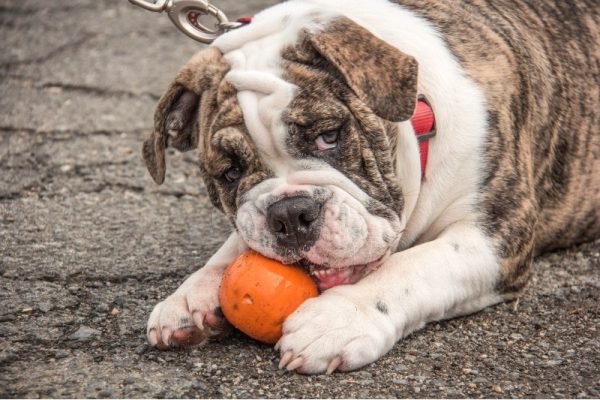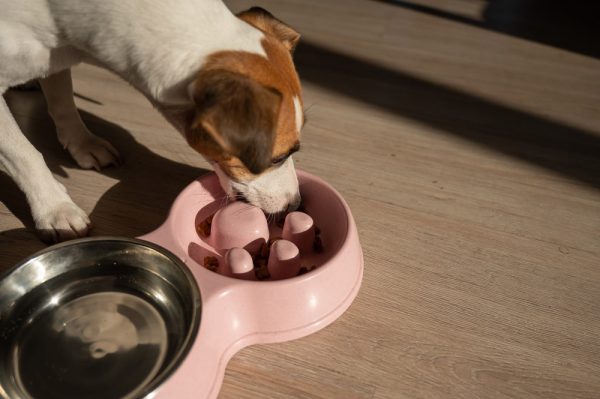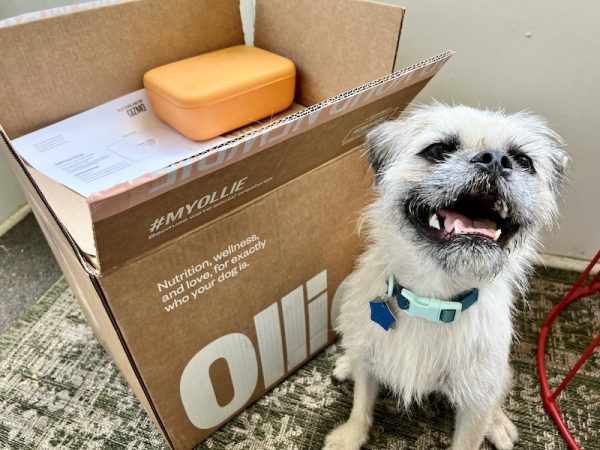In this article
Potty training your Cocker Spaniel can be a rewarding experience, but it can also be challenging at times. These intelligent and affectionate dogs make fantastic companions, but like any other breed, they need proper training to ensure a happy and well-adjusted life.
So today, we’re sharing seven tips and tricks to help potty train your Cocker Spaniel with patience and consistency. By following these steps, you’ll be on your way to a successful and harmonious relationship with your furry friend.

The 7 Tips on How to Potty Train a Cocker Spaniel
1. Establish a Routine Early On
A consistent routine will help your Cocker Spaniel know when it’s time to do their business. Feed your dog at the same times every day and take them outside to potty shortly after. Mornings, after meals, and before bedtime are prime potty times.
Consistency is key—it will help your dog understand when they should go, making potty training a breeze.

2. Choose a Designated Potty Spot
Selecting a specific area in your yard as the designated potty spot will encourage your Cocker Spaniel to understand where they should go. When you take them outside, lead them to the spot, and use a command like “Go potty.”
Reward them with praise or a treat when they successfully go in the right place. This will help reinforce the behavior and make it more likely that they’ll continue using the designated spot.
3. Use a Crate for Training Purposes
Cocker Spaniels often respond well to crate training. Since dogs usually try to avoid pottying in their own beds, you might consider using a crate. It should encourage them to hold it until they are taken outside.
Make sure your pup’s crate is comfortable. You want your dog to have standing room and enough space to turn around and stretch out. Remember, a crate should never be used as a punishment but as a safe space for your pup.
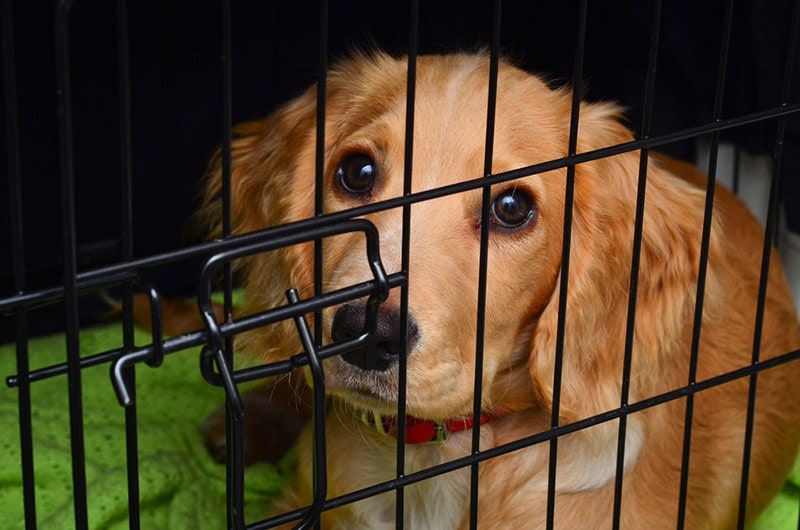
4. Watch for Signs That Your Dog Needs to Go
Being able to read your Cocker Spaniel’s body language is essential for successful potty training. Common signs include sniffing, circling, whining, or suddenly becoming restless. If you notice any of these behaviors, take your dog outside immediately.
This will teach them that going outside is the right place to potty and reduce the likelihood of accidents indoors.
5. Reward Good Behavior with Positive Reinforcement
Positive reinforcement is crucial when potty training your Cocker Spaniel. Whenever your pup successfully potties outside, shower them with praise and provide them with a small treat.
This is an effective way to get your dog to associate pottying outside with rewards, making it more likely that they will continue to do so in the future.
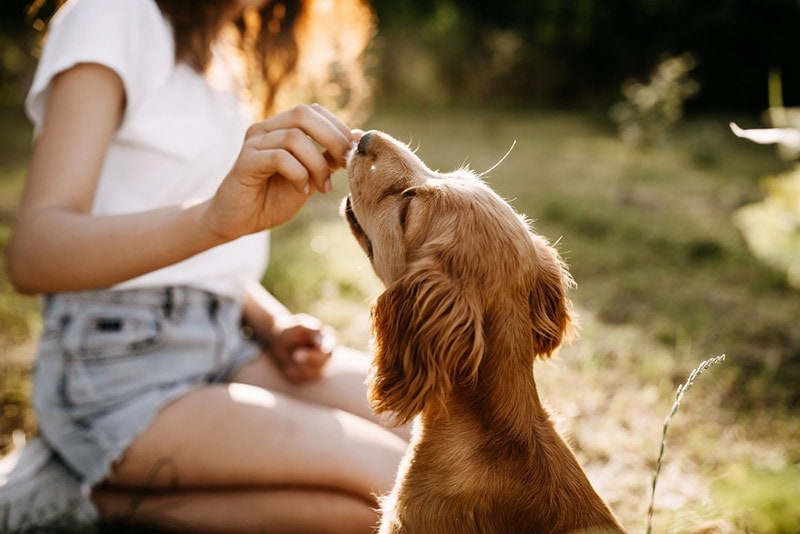
6. Be Patient and Remain Consistent
Potty training takes time, and every dog learns at their own pace. Cocker Spaniels are intelligent dogs, but it’s essential to be patient and consistent in your training efforts. Accidents will happen, but it’s important not to scold your dog.
Instead, calmly clean up the mess and continue reinforcing the desired behavior. Remember that consistent, positive reinforcement is the most effective way to train your dog.
7. Seek Professional Help if Needed
If you’re struggling with potty training your Cocker Spaniel, don’t hesitate to seek help from a professional dog trainer. They can provide personalized guidance and support tailored to your dog’s needs.
Additionally, they can help address any behavioral issues that may be hindering the potty training process. Remember, asking for help is a sign of responsible dog ownership and commitment to your dog’s well-being.
If you need to speak with a vet but can't get to one, head over to PangoVet. It's an online service where you can talk to a vet online and get the personalized advice you need for your pet — all at an affordable price!


Other Helpful Training Tips
In addition to the seven main tips for potty training your Cocker Spaniel, here are a few more helpful training suggestions to keep in mind during the process:
Gradually Increase Time
As your Cocker Spaniel becomes more comfortable with potty training, gradually increase the amount of time between outdoor breaks. This will help your dog build bladder and bowel control. Remember to adjust the schedule according to your dog’s age and individual needs.
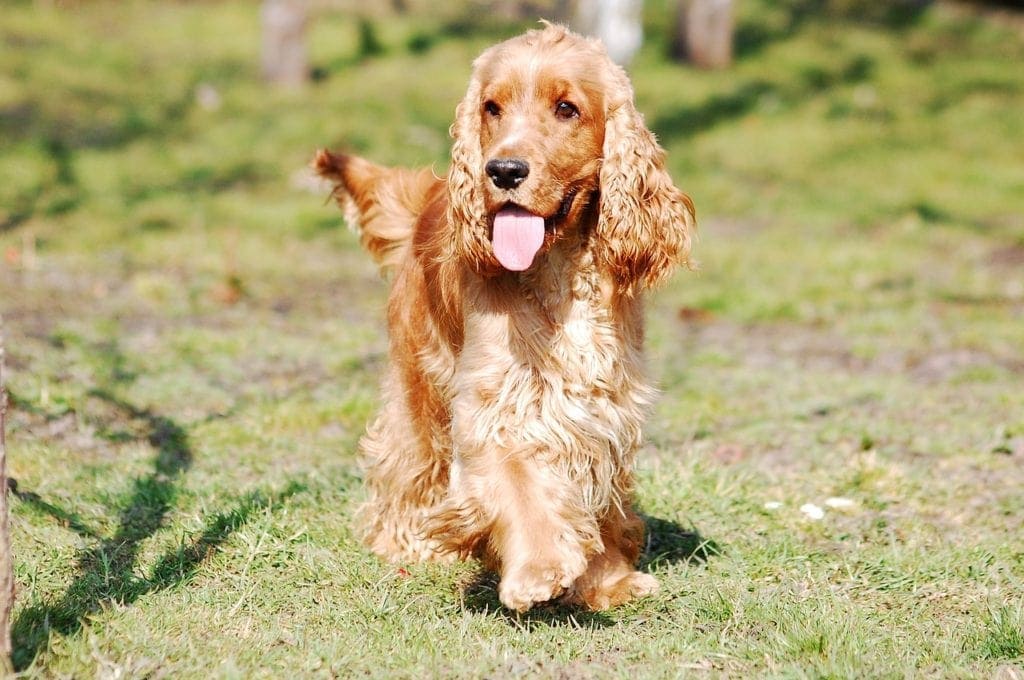
Use Enzymatic Cleaners
Accidents are bound to happen during potty training. When cleaning up, use an enzymatic cleaner that’s made for these types of messes. Enzymatic cleaners break down proteins in pet messes, thereby eliminating any lingering odors that might attract your dog to the same spot.
Use a Leash
Using a leash during potty breaks can help your dog focus on the task at hand. It will also prevent them from wandering off or getting distracted. Once your dog has successfully gone potty, you can reward them with some off-leash playtime as an added incentive.
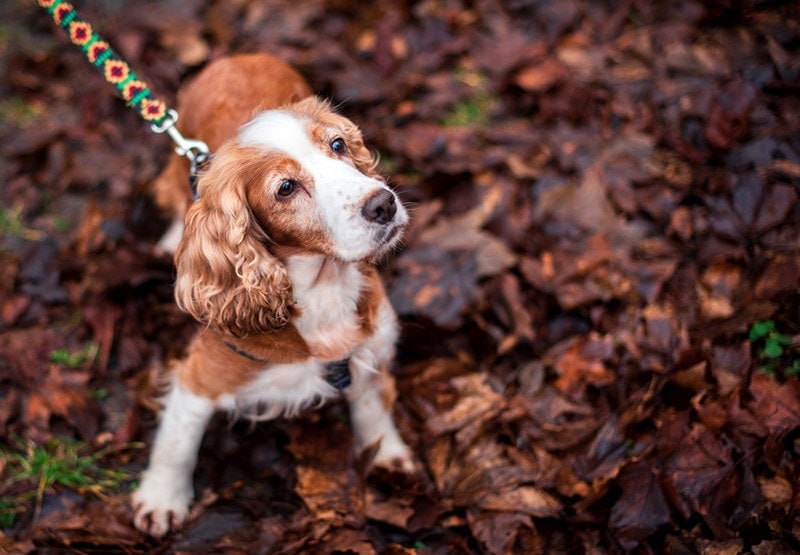
Socialize Your Cocker Spaniel
Socialization is crucial for well-rounded, well-behaved dogs. Expose your Cocker Spaniel to various environments, people, and other animals during the potty training process. This will help them become more comfortable and confident in different situations, making it easier for them to focus on learning good potty habits.
By incorporating these additional tips into your potty training routine, you’ll be even better equipped to help your Cocker Spaniel become a well-trained, happy member of your family.

Conclusion
Potty training your Cocker Spaniel is an important part of responsible dog ownership. By following these seven tips and tricks, you’ll help your dog understand the right place to do their business, ensuring a clean and happy home for both of you.
Remember that consistency, patience, and positive reinforcement are key in the training process. With time and effort, your Cocker Spaniel will learn the ropes, and you’ll both enjoy the lifelong bond that comes from effective communication and training.
Featured Image Credit: otsphoto, Shutterstock
